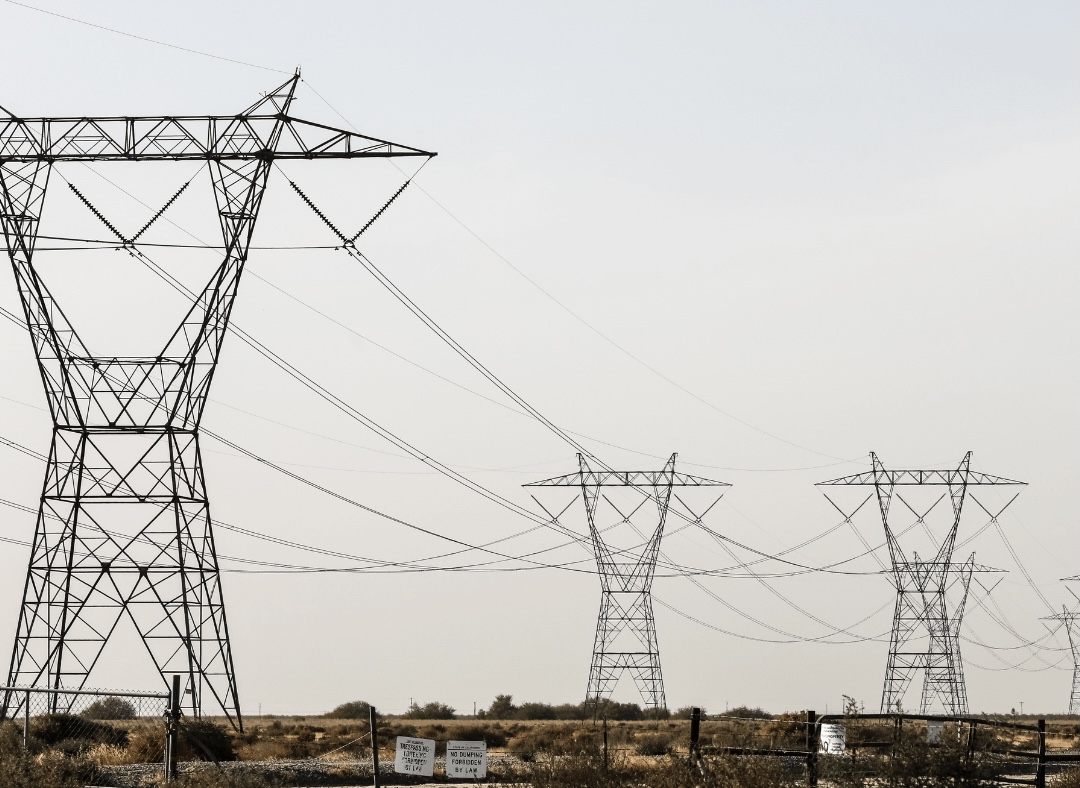KEY POINTS
- Global demand for transmission lines is expected to make South Africa’s 440 billion-rand grid-upgrade programme more expensive, Eskom says.
- The utility plans to install 14,000 km of new lines in the next decade but is considering local manufacturing to curb rising material costs.
- The expansion coincides with Eskom’s broader reforms, including cost-cutting targets and the establishment of a clean-energy unit.
South Africa’s ambitious plan to overhaul its ageing national power grid is facing fresh financial pressure, with Eskom cautioning that rising global demand for transmission lines is likely to make the multibillion-rand programme more expensive than initially expected.
The utility, which is still emerging from years of power-supply instability, is preparing for what would be the largest network expansion in its history.
Eskom Holdings SOC Ltd. plans to install about 14,000 kilometres of new high-voltage lines over the next decade to connect a wave of renewable-energy plants waiting to come onstream. The programme, expected to cost around 440 billion rand, comes as the company is stabilising electricity generation after a long stretch of rolling blackouts that weighed heavily on economic growth.
Chairman Mteto Nyati said the utility’s calculations were being complicated by a surge in orders for transmission infrastructure across the world, with many countries racing to expand grids to accommodate wind and solar capacity.
Rising commodity prices and global grid bottlenecks add pressure
“Almost everybody globally is building transmission lines,” Nyati said on the sidelines of the Group of 20 summit in Johannesburg. “It comes down to a demand-and-supply equation, and we are worried about how much of this build we will be able to afford.”
Grid investment worldwide is falling short of required levels and needs to more than double to about $750 billion a year by 2030, according to estimates by the International Energy Agency. Prices of essential materials such as copper and aluminium have risen sharply, adding to the financial strain facing utilities embarking on major expansions.
Nyati said Eskom was actively considering manufacturing some of the required components domestically to reduce exposure to global price pressures, while also using the project to help re-industrialise South Africa. The shift could stimulate local supply chains, though no final decisions have been taken.
South Africa launched its Independent Transmission Projects programme last December to bring private partners into the sector. In recent months, it has attracted interest from major international developers, including a company controlled by Indian billionaire Gautam Adani and several Chinese firms.
Alongside the grid expansion, Eskom is pursuing a series of reforms, including completing the unbundling of the business and setting up a dedicated clean-energy unit. Nyati said the company aims to cut 112 billion rand in costs over the next five years, part of an effort to stabilise finances and improve operational performance.
He added that several recent appointments, including Rivoningo Mnisi to lead renewables and Len de Villiers as chief technology and information officer, were made to bring in talent from the private sector and instil a more customer-focused culture within the organisation.



